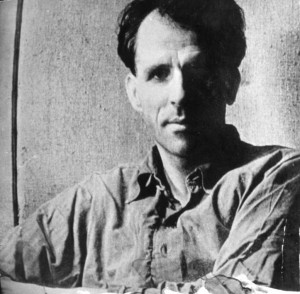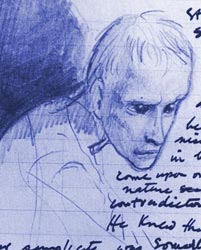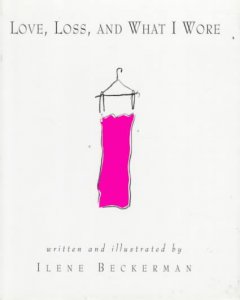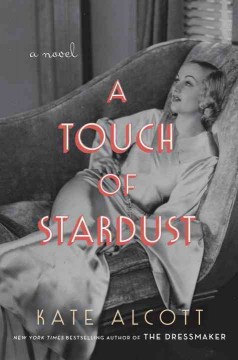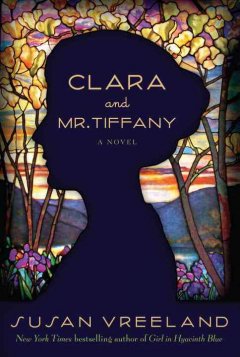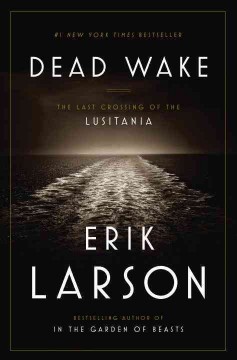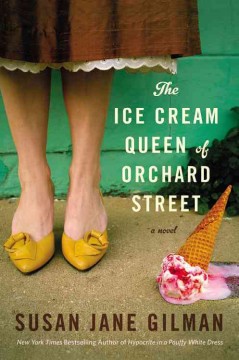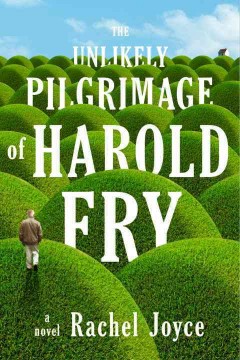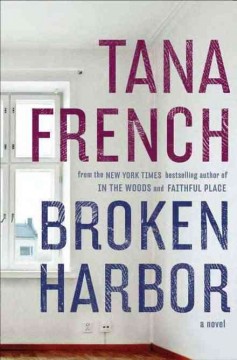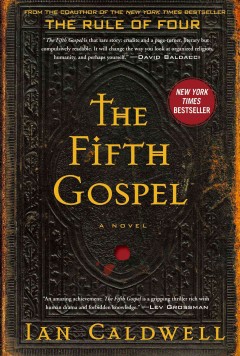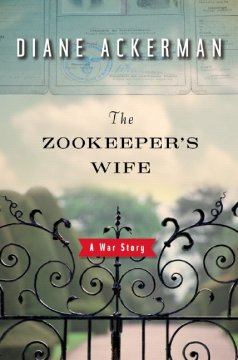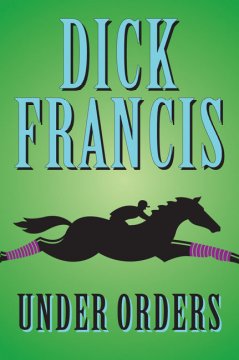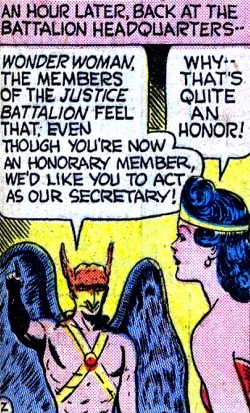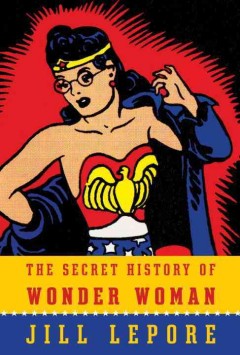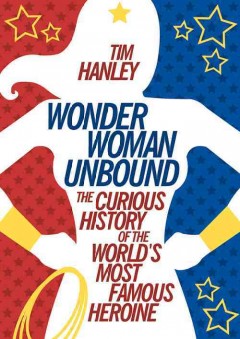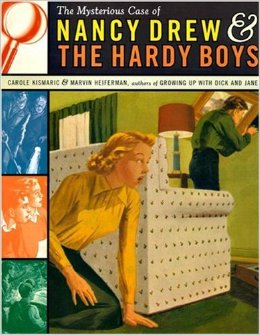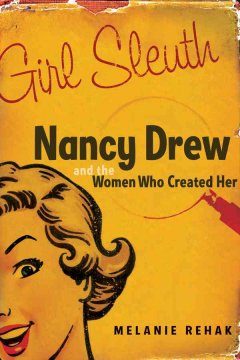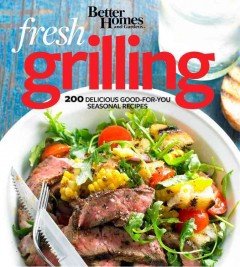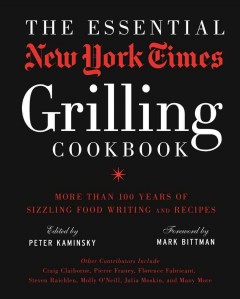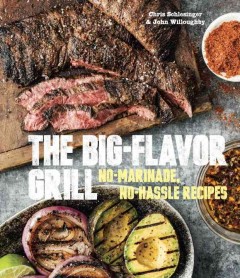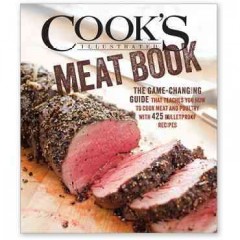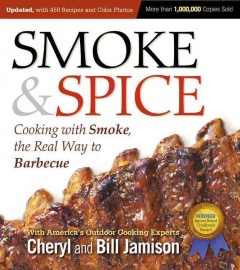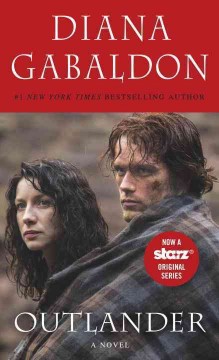Today is the 114th birthday of one of the most remarkable, surprising, and under-appreciated writers you haven’t (yet) read. Though named in a public poll as one of the “best British writers since 1945”, Mervyn Peake hasn’t got the same credit in the US–and perhaps that’s because it’s so difficult to categorize both the man and his considerable body of work. But readers who take a look at both Peake’s artwork and his incredible writings are in for a rare treat.
Mervyn Peake was born in 1911 in Kuling China to British missionary parents. Though a writer from an early age (he apparently wrote his first novella at the age of eleven), he was also a gifted artist, receiving public acclaim and gallery space while still in university. At the outbreak of the Second World War, Peake enlisted to be a war artist–a post that was established during the First World War for a very select group of artists who were charged with capture the day-to-day moments and moods of the war in a way that photography could never do. Most war artists’ work was used as pro-national propaganda, though some had a decidedly pacifist bent. Peake’s work, however, was so far outside the box that he may have lost sight of it entirely…he imagined an An Exhibition by the Artist, Adolf Hitler, where horrific images of war would be attributed to Hitler, and displayed alongside deeply ironic titles. Though his sketches were purchased by the war office, they consistently rejected his applications. As a result, Peake was drafted into the Army.
Though he continued writing during the war, the stress of his work, and continuous rejection of his application to become a war artist combined in 1942 to induce a nervous breakdown, and Peake was discharged in 1943. Though this time would certainly leave its mark, it was also these war years that inspired Peake to write the books that would establish his name in the pantheon of literature.
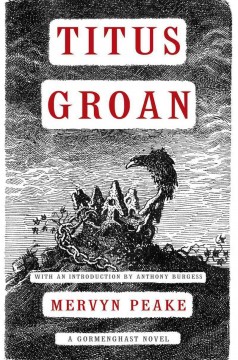 The first of these, Titus Groan, was published in 1946 (the second book, Gormenghast, was published in 1950, and the third, Titus Alone was published in 1959). In this book, Peake first introduced readers to the strange and strangely beautiful world of Gormenghast, an enormous, decaying castle that forms its own walled world. Gormenghast is the home of the Groan Dynasty, which rules their domain according to an overwhelmingly complicated series of traditions, ceremonies, and rituals that have always existed, and shall always continue to exist–until the day a new heir is born to the Groan family. Titus Groan is meant to be the 77th Earl of Gormenghast, but his presence disrupts the day’s ceremonies.
The first of these, Titus Groan, was published in 1946 (the second book, Gormenghast, was published in 1950, and the third, Titus Alone was published in 1959). In this book, Peake first introduced readers to the strange and strangely beautiful world of Gormenghast, an enormous, decaying castle that forms its own walled world. Gormenghast is the home of the Groan Dynasty, which rules their domain according to an overwhelmingly complicated series of traditions, ceremonies, and rituals that have always existed, and shall always continue to exist–until the day a new heir is born to the Groan family. Titus Groan is meant to be the 77th Earl of Gormenghast, but his presence disrupts the day’s ceremonies.
In the bowels of the castle, at the same time as Titus’ birth, a young boy escapes from the steamy hell of the kitchens and begins his ascension to the sunlight. His name is Steerpike, and he is, in many ways the villain of this world. Peake wrote of him:
If ever he had harboured a conscience in his tough narrow breast he had by now dug out and flung away the awkward thing – flung it so far away that were he ever to need it again he could never find it.
Yet Steerpike is so much more than a villain. He is ruthless and fearless, clever and mad, horrible, and yet so completely compelling that it’s impossible not to be drawn to him, and fascinating by his Machiavellian tactics for gaining control of the castle that forms his prison.
Peake never completed the Gorgemghast cycle. He suffered from early onset dementia and, later, Parkinson’s disease, conditions which robbed him of both his creative outlets in time. However, in 2001, the Mervyn Peake Awards were established in the UK, celebrating and encouraging the artistic endeavors of people with Parksinon’s, in the hope that his legacy will live on through others.
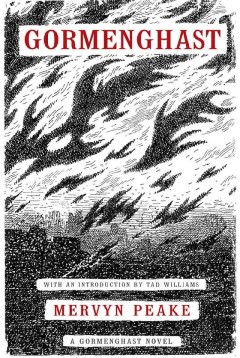 Though Peake is often compared to Tolkein (whose work was inspired from his experiences in the First World War), he himself saw his work as far less philosophical and far more social commentary. As a result, though Gormenghast is certainly a work of fantasy, it is also a fascinating allegory about the rise of fascism that Peake witnessed first hand, as well as a searingly funny social commentary. He captures the absurdity of the aristocracy, and the fustiness of ritual with pitch-perfect and razor-sharp wit, but does it all with such heart and sympathy that it’s impossible not to feel some kind of ties to even the most grotesque secondary character becomes something compelling. Gormenghast grows and evolves outside the pages of the book, wrapping around the reader and pulling them into the maze of rituals and relationships, betrayals and triumphs.
Though Peake is often compared to Tolkein (whose work was inspired from his experiences in the First World War), he himself saw his work as far less philosophical and far more social commentary. As a result, though Gormenghast is certainly a work of fantasy, it is also a fascinating allegory about the rise of fascism that Peake witnessed first hand, as well as a searingly funny social commentary. He captures the absurdity of the aristocracy, and the fustiness of ritual with pitch-perfect and razor-sharp wit, but does it all with such heart and sympathy that it’s impossible not to feel some kind of ties to even the most grotesque secondary character becomes something compelling. Gormenghast grows and evolves outside the pages of the book, wrapping around the reader and pulling them into the maze of rituals and relationships, betrayals and triumphs.
Though certainly not an easy read, the three books that make up the Gormenghast Trilogy are irresistible, rewarding books that deserve a far wider audience. You can come in and check them out today in celebration of Peake’s birthday, or watch the superb mini-series that was made by the BBC. 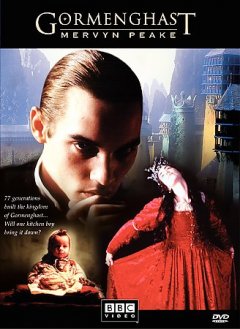 Though it only covers the first two books, give or take, the performances are so rich, and the scenic details so bizarre and detailed that it is a worthy complement to Peake’s books. Starring a very young and magnetically manic Jonathan Rhys Meyers as Steerpike, Neve Campbell as the heartbreakingly naive Lady Fuschia, and featuring stunning work by the late Christopher Lee and the overwhelmingly talented Stephen Fry, even those not interested in reading the books should check out this DVD…it’s the perfect escape from these sultry summer nights!
Though it only covers the first two books, give or take, the performances are so rich, and the scenic details so bizarre and detailed that it is a worthy complement to Peake’s books. Starring a very young and magnetically manic Jonathan Rhys Meyers as Steerpike, Neve Campbell as the heartbreakingly naive Lady Fuschia, and featuring stunning work by the late Christopher Lee and the overwhelmingly talented Stephen Fry, even those not interested in reading the books should check out this DVD…it’s the perfect escape from these sultry summer nights!
And be sure, while you are savoring the world of Gorhemghast, to wish Mervyn Peake a very happy birthday. I’m sure he’d appreciate the sentiment.

